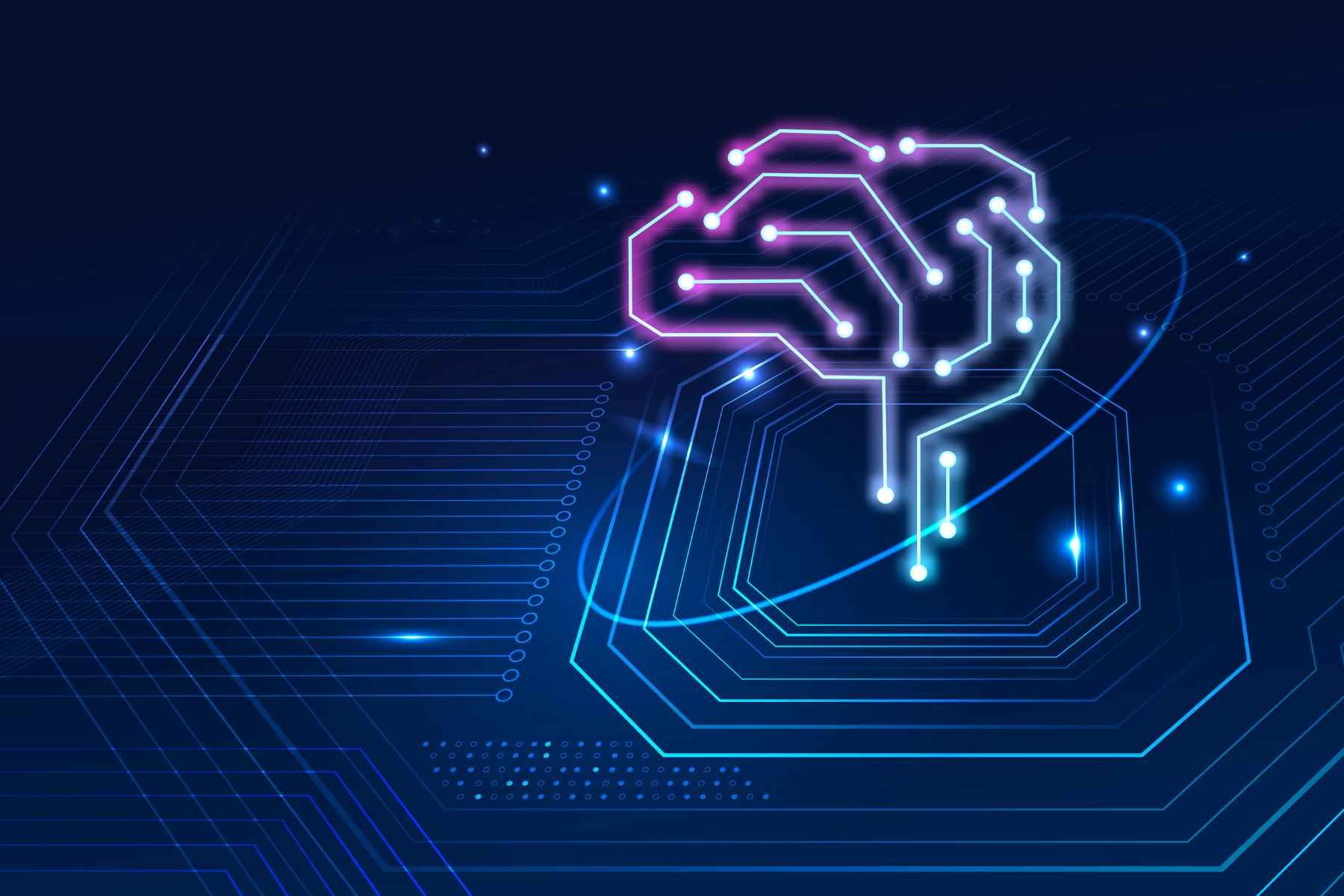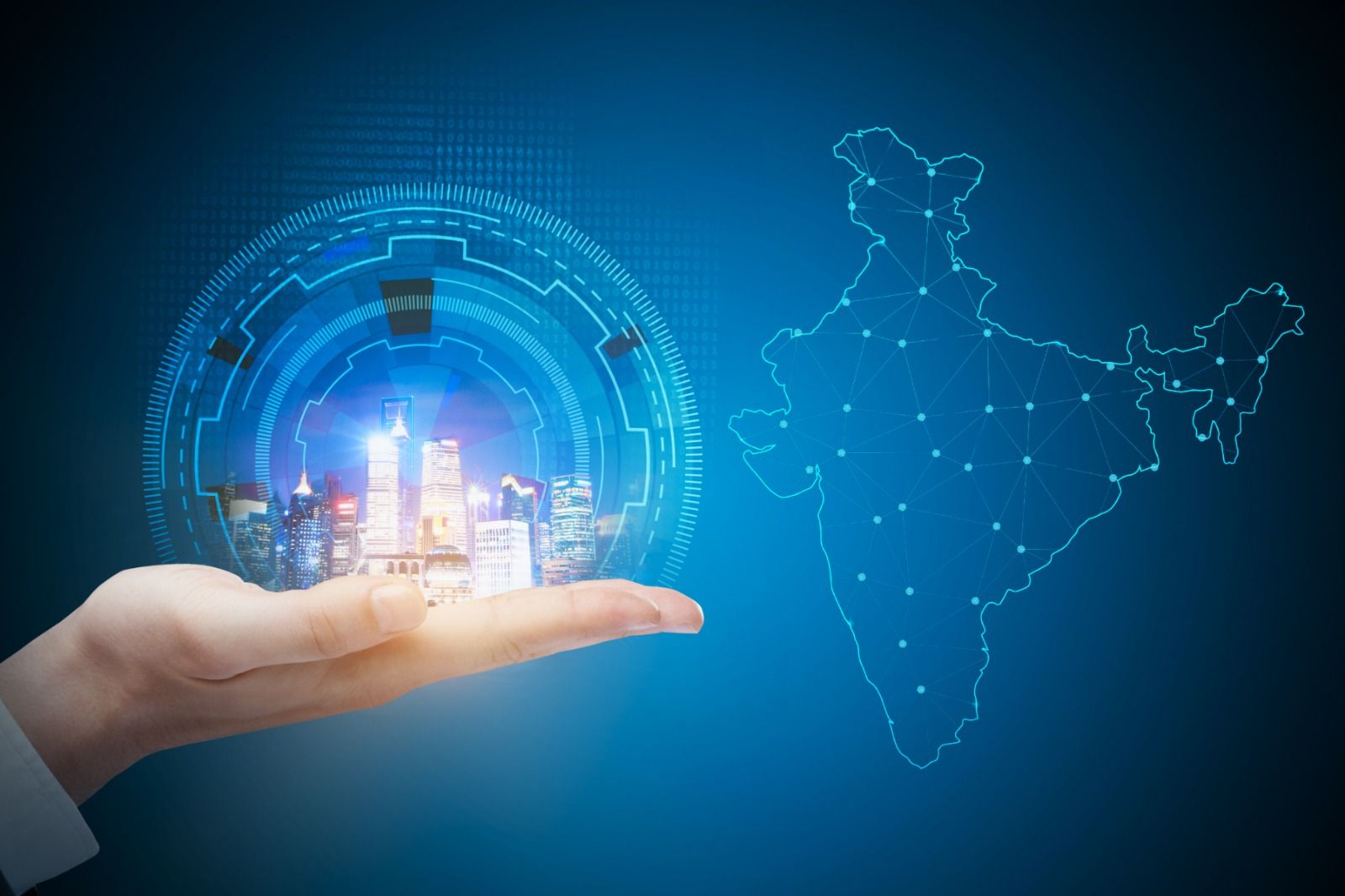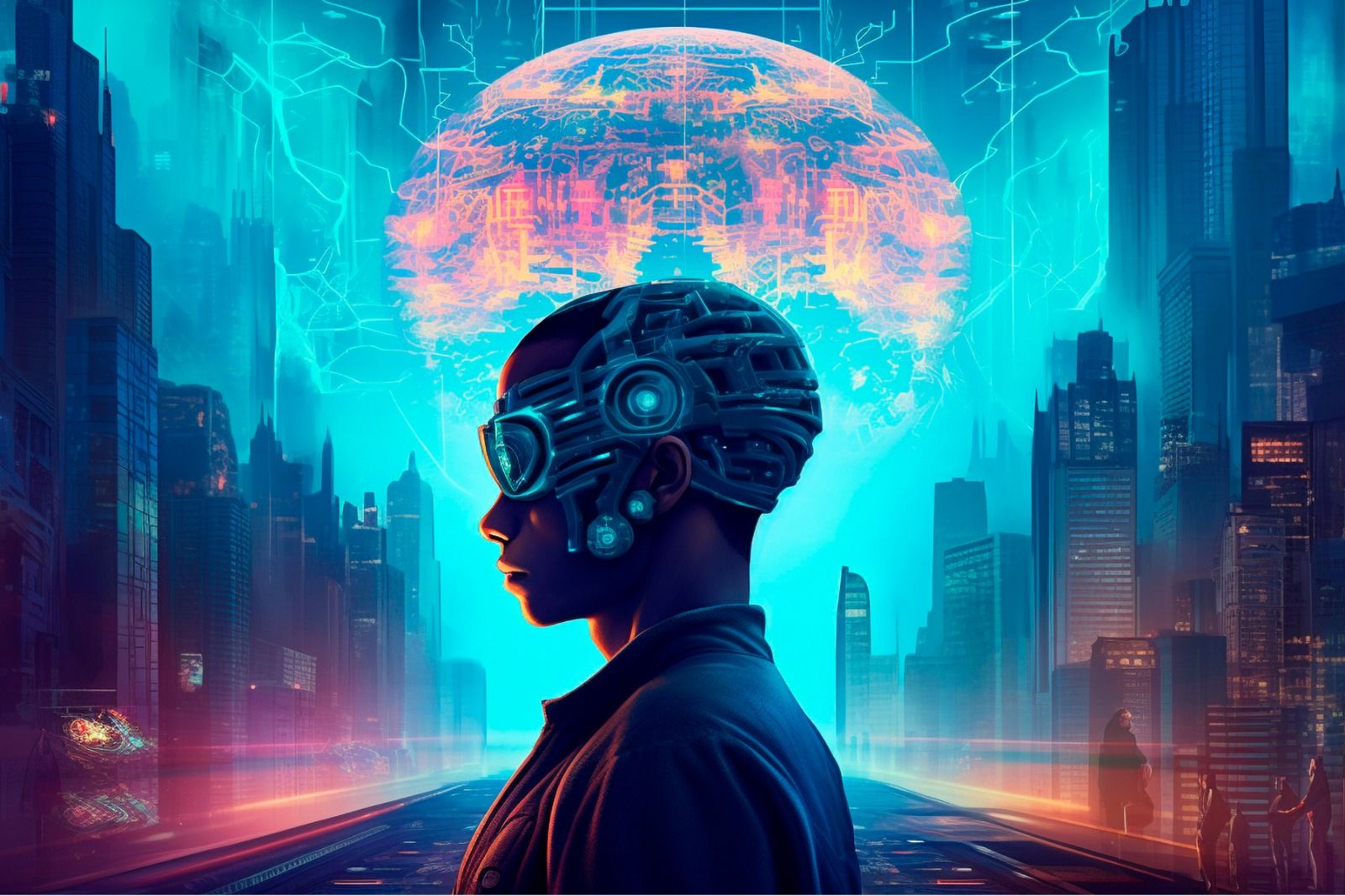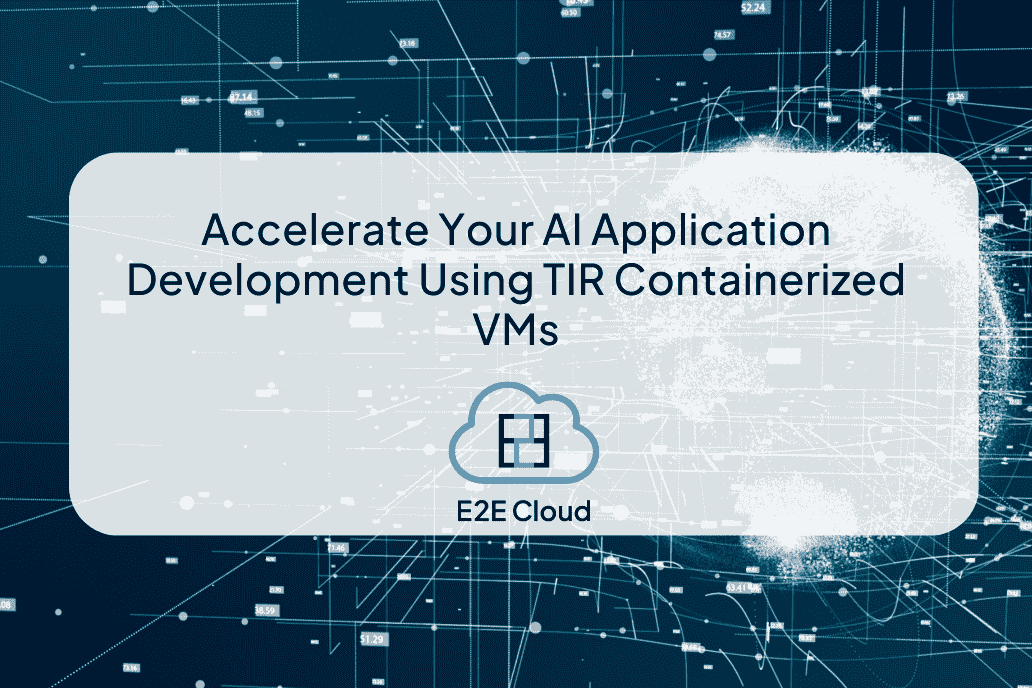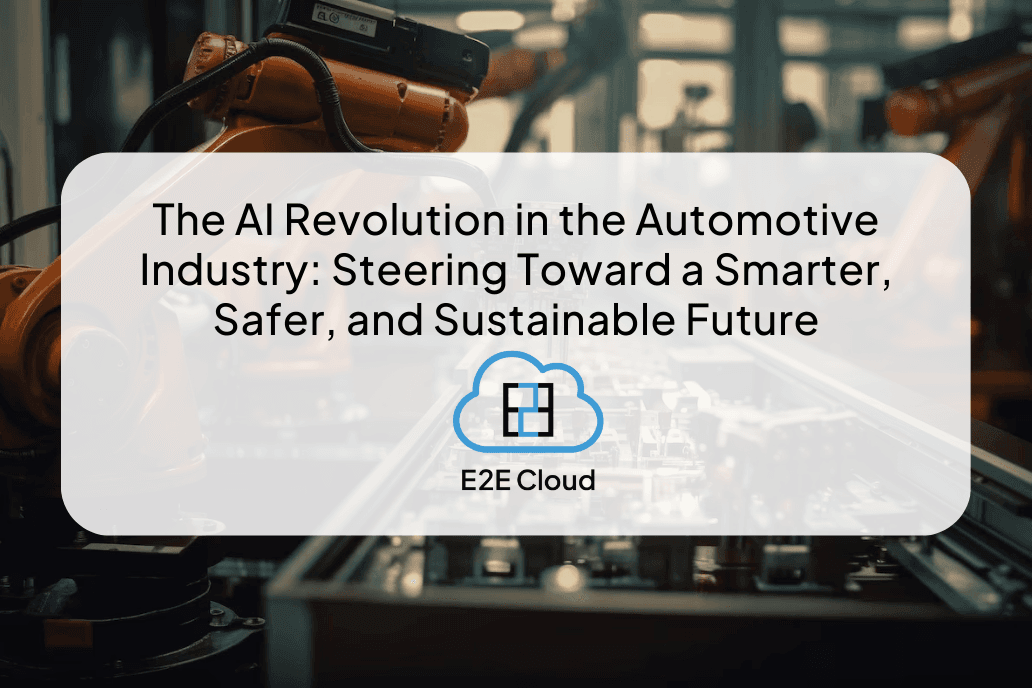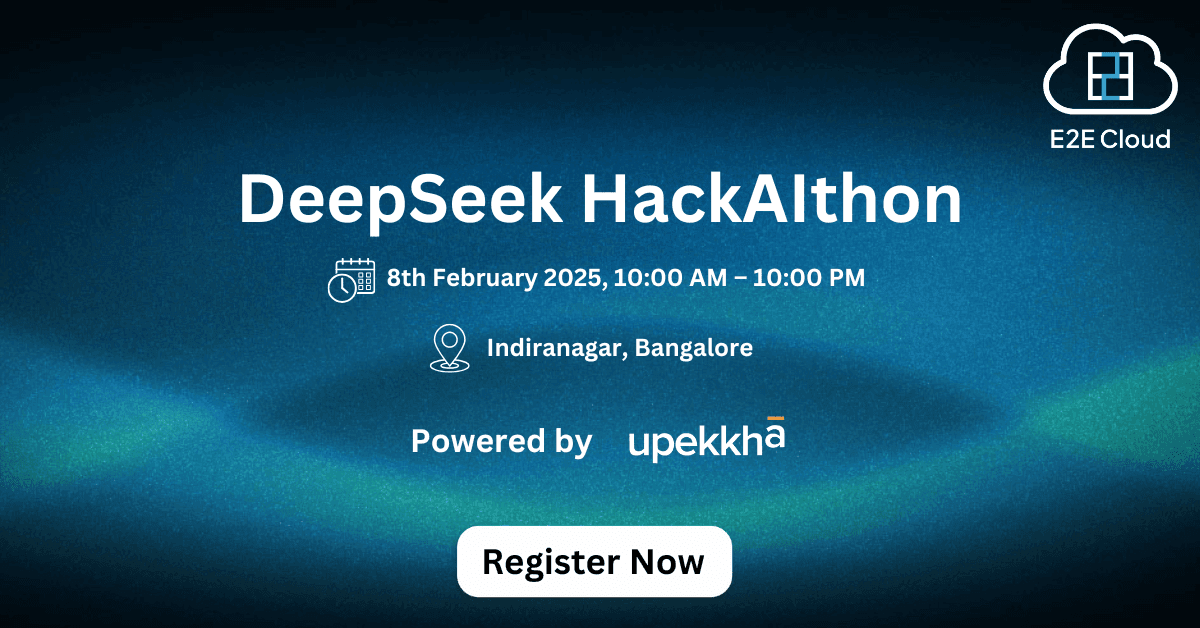As a species, we have always been fascinated with robots. They are fast, efficient, and rarely put a foot wrong. Since the invention of the wheel, humanity has been in a relentless pursuit of building machines that can do their work and follow instructions. Robots are the ideal digital assistants in that respect. Not only do they automate run-of-the-mill, mundane tasks, but they also carry them out with a high degree of precision.
The inefficiencies arising out of human error are eliminated. Robots entered the organizational fray after the turn of the millennium and haven’t looked back ever since. They spawned a whole new industry - RPA or Robotic Process Automation - created with a single-minded purpose of streamlining business operations and expediting digital transformation.
RPA And Its Use Cases
The main goal of RPA is redundancy management. Bots are deployed to automate repetitive, rule-based processes so that your organization’s human capital bandwidth is freed up to focus on the more creative, complex tasks that require judgment. CIOs can leverage RPA to train bots to capture process data, report inefficiencies, and share vital insights with other systems.
Sending emails, extracting data, process failure alerts, invoicing, all such ‘robotic’ activities can now be performed by robots.
RPA has myriad use cases. For example, e-commerce companies can use RPA to automate their logistics and supply chain processes while banks can incorporate it into their account opening and loan sanctioning workflows. Apart from this, RPA can help speed up the following business functions:
- Marketing - Bulk emails, round-the-clock market intelligence/performance updates, CRM automation, etc
- Customer Support - Resolve queries, FAQs, faster product selection
- HR - Employee onboarding, attrition, churn improvement
- Finance & Accounting - Processing purchase orders, payroll, invoicing, etc
Let us now take a deep dive into how businesses can benefit from RPA.
Here are 5 reasons why your business needs Robotic Process Automation
- Resource optimization
Assigning tasks is a crucial aspect of management. Robots can be very effective in accomplishing routine tasks because they are hard-wired to do so. Unlike humans, they have been programmed to perform drab, tedious tasks without slacking off. We tend to let our guards down when doing boring, grunt work, a recipe for disaster. Ergo, allocating monotonous tasks to robots is a sound business strategy because they are highly vigilant and never commit errors. It can also let humans focus on the big picture stuff that warrants aptitude and emotional intelligence.
- Bang for your buck
An obvious advantage of RPA is on the bottom line. Robots entail a fixed, upfront cost which is significantly less compared to the annual recurring employee costs. Robots don’t demand hikes, appraisals, and bonuses, so the initial investment is well worth the time and effort.
Once set up, the only incremental costs are maintenance (bots hardly break down completely), which are marginal. For the same quantum of work, bots can deliver the same (if not greater) level of performance and quality than their human counterparts. Better output for a smaller input = improved ROI and enhanced cost savings (up to nearly 30%). Win-win.
- To err is human
This is a no-brainer. Humans are prone to blunders. Even the most systematic and careful human is likely to overlook an important detail or make a costly mistake. If left unchecked, human errors can cascade throughout the system and negatively affect business operations. On the other hand, robots can work with a single-minded focus and military-grade precision to ensure that the work completed is foolproof and of top-notch quality.
High-quality work output translates to higher customer satisfaction, which is better for business profitability.
- Data Analytics
One of the biggest benefits of RPA is the key insights that can be gleaned from the data it provides. You can get actionable steps on how to improve existing processes and troubleshoot any bottlenecks. RPA-driven analytics mitigates the risks associated with data leakage, incorrect reporting, and information inconsistencies. What’s more, robots can enable data collection from places and situations that were hitherto cumbersome or unviable for humans.
All this rich data can help the business make informed decisions on mission-critical issues, leaving humans to tackle the more sophisticated analyses.
- Boost productivity
RPA results in sustainable productivity spikes throughout the organization. Take the case of a monthly report that takes hours to compile manually. With bot assistance, the whole process is knocked off in minutes. Note here that the robot is not substitutive i.e, it cannot replace manual labor. But the enormous time it saves can supercharge productivity in the workplace. Enhanced productivity leads to happy employees, which leads to better service and satisfied customers in a virtuous loop. All triggered by the business’s decision to embrace RPA.
Thus, RPA can be an important tool in a business’s arsenal to reach the next level. Hopefully, this article has shed enough light on why businesses need to infuse RPA in their day-to-day operations.
Register for a free trial- https://bit.ly/freetrialcloud

